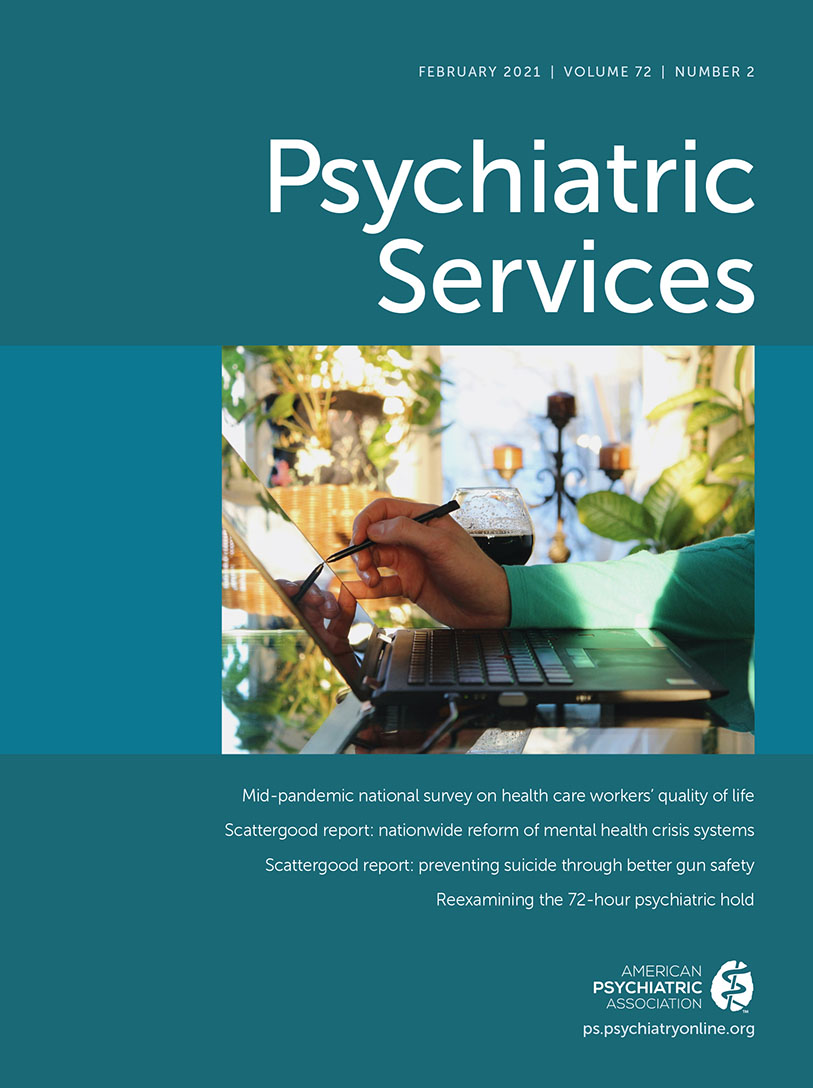Jobs for People With Mental Health Conditions: Trends and Prospects
Abstract
Objective:
For individuals with serious mental illness, work can play an important role in improving quality of life and community integration. Since the 1960s, demand has shifted away from routine cognitive (e.g., clerical work) and manual skills (warehouse picking and packing) toward nonroutine analytical (computer coding), interpersonal (nursing), and manual skills (home health attendant). This study aimed to determine whether individuals with serious mental illness are likely to hold the types of jobs that are in decline and to assess their ability to compete for the types of jobs that have been in increased demand.
Methods:
Using data from the National Health Interview Survey and the Occupational Information Network database on occupational skills (N=387,240 person-year responses), this study explored changes in patterns of employment from 1997 to 2017 for people with mental illnesses.
Results:
Individuals with any mental health condition experienced a 10.9 percentage point decline in employment in jobs requiring routine cognitive or any manual skills. Much of this decline was offset by an increase in employment in jobs involving nonroutine cognitive skills. However, individuals with serious psychological distress experienced a 7.9 percentage point decline in employment in jobs requiring routine cognitive or any manual skills, and about 75% of this decline coincided with reduced levels of employment rather than a shift toward employment in nonroutine cognitive jobs. These patterns were more striking among men.
Conclusions:
Likely directions for interventions include renewed efforts at workplace accommodations, greater investment in evidence-based return-to-work programs, and efforts to popularize early intervention programs.



